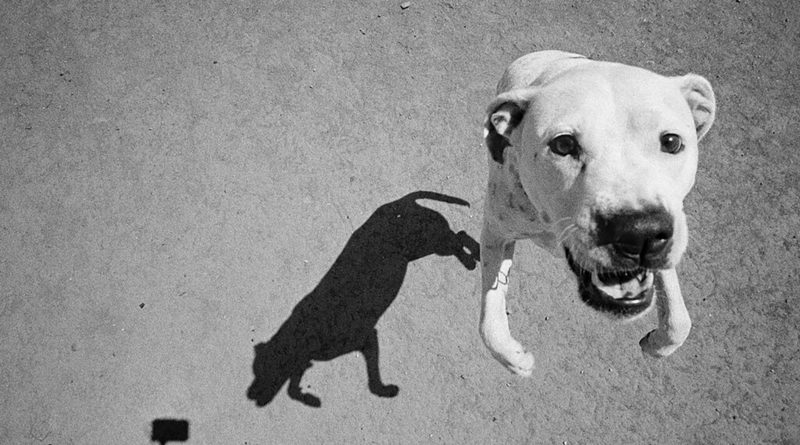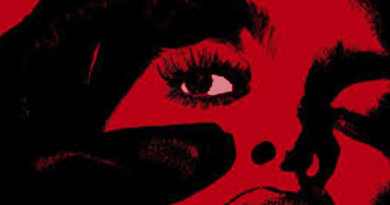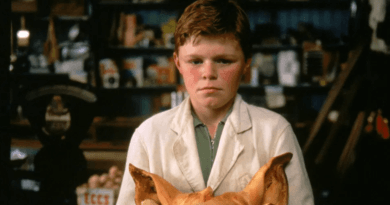The ‘Mondo’ Kings
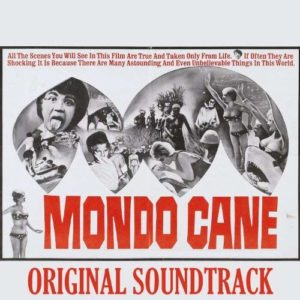 The Mondo film (literally World film) genre refers to documentary-style movies that chronicle the more extreme side of human existence.
The Mondo film (literally World film) genre refers to documentary-style movies that chronicle the more extreme side of human existence.
Among the most well-known is the notoriously sleazy Faces of Death series from the ’70s, but Mondo movies have been in existence since the silent era. Even the 1933 classic King Kong has Mondo aspects as its co-director, Ernest B. Schoedsack, based the jungle native sequences on his real-life experiences as a documentary filmmaker.
The genre was especially popular in the United States before the MPAA ratings system was established. Individual censorship boards regulated film content in those days, and filmmakers found themselves chopping up prints in varying degrees on a state-by-state basis. Since Mondo films were considered “educational,” they were often passed uncut, giving adventurous audiences the nudity and violence they craved.
And they were titillated by the most bizarre things. Real baby births! Animals fighting! Actual queers kissing (don’t hit me — that’s a John Waters reference)! Frankly, that doesn’t sound any different than today’s reality television.
In 1962, the filmmakers Gualtiero Jacopetti and Franco E. Prosperi gave the Mondo genre its name and created an international sensation with Mondo Cane (A Dog’s Life), arguably the most famous entry in the genre. It exposed Western audiences to bizarre customs around the world and was a huge hit. Riz Ortolani’s theme song, “More,” even became an easy listening standard and was nominated for an Oscar!
Relatively tame by the standards of the films that would follow, it nevertheless mapped out the constructs of the later, more shocking Mondos: human debasement, animal cruelty and sexual aberration. It
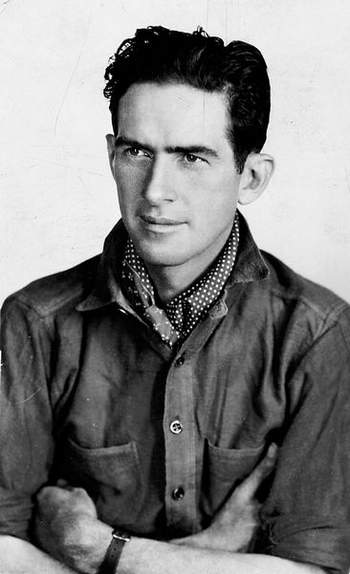
also featured reconstructed scenes, passed off as authentic, that would become a cornerstone for movies like the Faces series. The narration in the English language version is clinical and pedantic, sometimes mocking its subjects as primitive savages or degenerates. But the authentic scenes of animal cruelty have not lost their power to shock.
Realizing they’d caught the good ol’ gravy train, Prosperi and Jacopetti offered up a sequel the very next year (released in the U.S. in 1965), but it was more clumsily composed, focused more on “freaks” (gays and transvestites) and featured much more recreated footage. Nevertheless, it proved to be a moneymaker as well. That same year, they also made Women of the World, a self-explanatory title and an excuse to pump up the raincoat crowd with acres of female flesh and debauchery.
Opportunistic filmmakers frantically followed suit with grotesque imitations, so by 1966 the team made their bid for respectability with Africa Addio (aka Africa Blood and Guts), which was a violent, harrowing examination the end of colonial rule in Africa and the bloody battle for control of the continent that followed. Originally begun as another Mondo movie, it took a political turn when the revolution erupted.
Evidently Prosperi and Jacopetti were the only filmmakers who risked their lives to venture into the battle to chronicle the mayhem, and the film they delivered, filled with actual scenes of extreme violence (a pile of dismembered human hands sticks in the memory), proved too horrible for moviegoers of the day to stomach. Additionally, critics (including Roger Ebert) accused the filmmakers of racism in their depiction of blacks. Jacopetti was even tried for murder in Italy, accused of having staged an execution for the camera, but he was acquitted.
It reappeared in drive-ins and grindhouses three years later as Africa, Blood and Guts, an idiotic re-edit that removed nearly an hour of footage, but I was able to get the original version, released by Blue Underground on DVD—and it’s really difficult to watch.
The filmmakers let five years pass before releasing Farewell Uncle Tom (aka Goodbye Uncle Tom), a pseudo-documentary about American slavery cross-cut with footage of contemporary Black leaders fighting for civil rights. It’s meant to be an angry retort to the critics who thought Africa Addio was racist, and it’s an extremely bizarre effort. Imagine Paramount’s disaster Mandingo taken to an even more extreme level and you’re about halfway there.

Most of the footage was shot in Haiti with the cooperation of Papa Doc Duvalier and the Tontons Macoutes, so there’s another huge grain of salt you must take while watching the film. Even today, it polarizes viewers, with some claiming that it’s so anti-racist that it’s racist, and others proclaiming it to be a humanitarian masterpiece. Of course, Roger Ebert—who really hated these guys—despised it.
In 1975 the filmmakers offered up another fictional work, Mondo Candido, based on Voltaire’s “Candide.” The only thing Mondo about it is its title. I haven’t seen it, but Shock Cinema says “It’s like Ken Russell’s The Devils meets Laugh-In.” Sounds weird to me, and I’ve seen a Dušan Makavejev movie! For better or worse, Mondo Candido marked the end of their collaboration.
Prosperi and Jacopetti participated in an excellent documentary about their career, The Godfathers of Mondo, that came with my set of DVDs. They were proud of their career and were still openly defiant when the subject of their critics comes up.
Hey, if I helped to invent a genre, I’d be pretty damn defiant, too!

